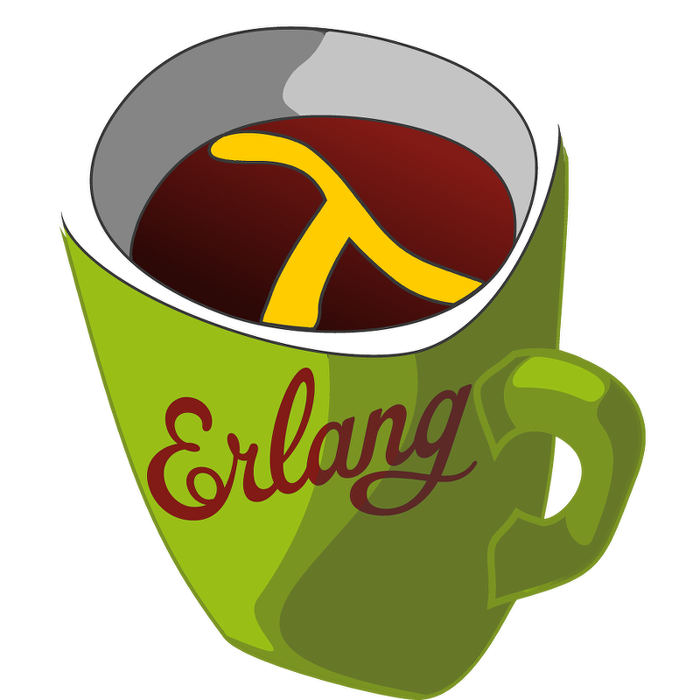LFE Friday - The digraph module
 This week's LFE Friday was translated with permission from the
Erlang Thursday
series by Steven Proctor.
This week's translator: Robert Virding.
This week's LFE Friday was translated with permission from the
Erlang Thursday
series by Steven Proctor.
This week's translator: Robert Virding.
Today's LFE Friday kicks of taking a look at the digraph module.
As I was looking into it, this module didn't line up with my expectations of Erlang behavior, so I want to focus on that difference before taking a look at the functions in the module.
If we start by browsing through the function signatures in the digraph module, we can see that the only function that returns a digraph() are digraph:new/0 and digraph:new/1.
Thinking this was odd for a Erlang API, I went to the LFE shell, and added a vertex to the digraph(), and then inspected the result of that operation.
> (set g (digraph:new))
#(digraph 8207 12304 16401 true)
> (set g2 (digraph:add_vertex g 'foo 'bar))
fooThe return value of calling digraph:add_vertex/3 was foo, which was the second argument, and doesn't match up with what the representation of a graph looks like.
Okay, time to look at the digraph() in g again then to see if that changed.
> g
#(digraph 8207 12304 16401 true)That tuple result of the digraph() looks the same, so let's see if that vertex we added is in the graph, since we did get the return value of foo.
> (digraph:vertices g)
(foo)
> (digraph:vertex g 'foo)
#(foo bar)Hrmm… Okay, looks like that vertex is in there.
Let's add another vertex to the digraph() bound to g.
> (set v (digraph:add_vertex g))
($v . 0)
> (digraph:vertices g)
(foo ($v . 0))That one is added as well.
HC SVNT DRACONES (Here Be Dragons)
So the behavior I want to call out in this post before we start looking at the functions in this module is that these functions exhibit observably mutable behavior on a digraph().
I say it is observably mutable, because while if it is not being changed under the covers of the implementation, the structure can be changed while the binding of the variable to the reference stays the same.
> (digraph:vertices g)
(foo ($v . 0))
> (set copy g)
#(digraph 8207 12304 16401 true)
> (set v2 (digraph:add_vertex g 'wat))
wat
> (digraph:vertices copy)
(foo ($v . 0) wat)
> (digraph:vertices g)
(foo ($v . 0) wat)This even mutates other variable references as well, so this breaks any convention that I have seen in the Erlang ecosystem about keeping all data immutable.
We will continue looking at the digraph module in future LFE Friday posts, but I wanted to spend some time calling out the mutability inherent in the digraph()s, so that when you need to use a one, you can be aware that this is not something you want to use in your concurrent parts of your application without great caution.
The Dragons slain
The reason behind the dragons is how a digraph() is implemented. A digraph is built of 3 ETS tables, with, in this case, the table ids 8207, 12304 and 16401. You can see this by calling ets:i/0 which lists information about all the current tables. You can see that the 3 tables are owned by the LFE shell process:
> (self)
<0.28.0>
> (ets:i)
id name type size mem owner
----------------------------------------------------------------------------
1 code set 282 10393 code_server
4098 code_names set 64 7713 code_server
8207 vertices set 3 328 <0.28.0>
12304 edges set 0 305 <0.28.0>
16401 neighbours bag 2 319 <0.28.0>
ac_tab ac_tab set 6 839 application_controller
file_io_servers file_io_servers set 0 305 file_server_2
global_locks global_locks set 0 305 global_name_server
global_names global_names set 0 305 global_name_server
...
okThe digraph() structure itself is just a tagged tuple containing the table ids. As all changes are made to the ETS tables the structure itself never changes. Data about the tables and their contents can be read with ets:info/1 and ets:i/1.
- Proctor, Robert
